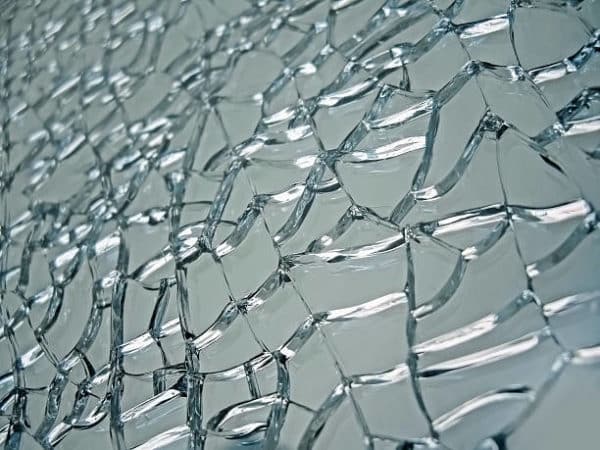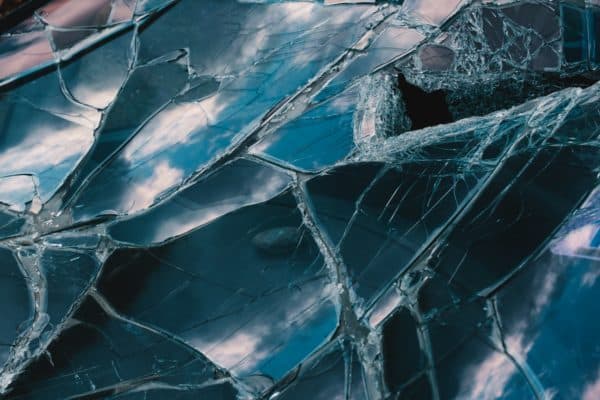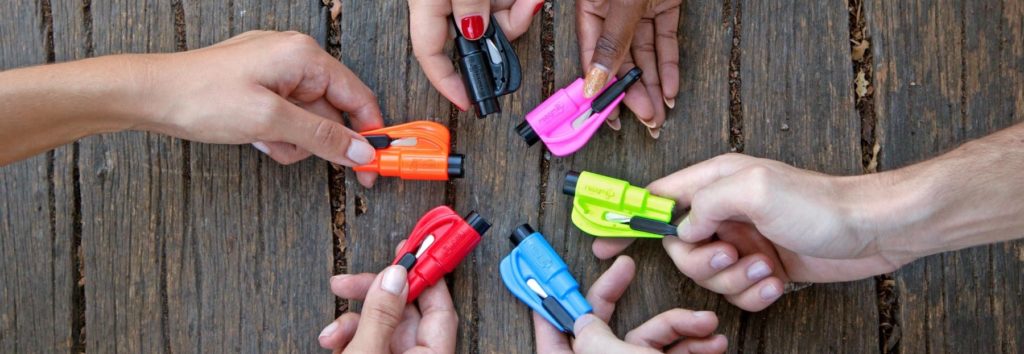You’ve probably never thought about what type of glass is used to build your car, but as a driver you should stay informed. It’s important to know the basic specs to keep you safe during an emergency and to properly maintain your vehicle!
Basically, there are 2 types of glass used for commercial vehicles: tempered glass and laminated glass. Now, let’s talk about some details, pros, and cons of each.
Tempered Glass:
In order to achieve this stronger state, regular annealed glass is treated with intense heating and cooling. As this article explains, the glass is typically heated to 620° C, then cooled with cold pressurized air. This cooling process, called quenching, creates compression, allowing the glass to take on more pressure before giving in.
Another great outcome of this tempering process is that the glass breaks into small, duller chunks rather than sharp shards. This is crucial for safety, especially when breaking through the glass to escape sinking, car entrapment, or a rollover. For this reason, tempered glass is usually found on the side and top windows of a car. It is also important to understand that this strong glass will not break with blunt force from elbows, shoes, or other items. To break the window effectively, you must use an escape tool, like the resqme®, to quickly destroy the glass.
Despite all the benefits, if the glass does become damaged, you will want to replace it as soon as possible.

Laminated Glass:
This type of glass is much tougher and sturdier due to the addition of new materials while creating it. To simplify the process, two layers of glass form a “sandwich” around a layer of resin and PVB (polyvinyl butyral). This lamination of resin and PVB between the glass is able to absorb a lot impact and keep the glass in-tact, even after some cracks & damage.
As a result, laminated glass can withstand great force without giving in. Therefore, it is always used in car front windshields to protect drivers & passengers from wind, debris, bugs, and small rocks that come flying towards the window while driving. Also, in case of some damage to one or more layers of the glass, the shards tend to remain attached to the resin & PVB, preventing a fully destroyed windshield.
In case of damage, you can asses the glass to decide whether the glass must be repaired or replaced.

So, it’s a good thing that car manufacturers use different types of glass to fit the right purpose, but it is also important to understand the reasoning behind it. Now, in case of an emergency, you will know better than trying to escape from the windshield. Instead, you can use the resqme® to shatter a tempered glass side window to exit the vehicle.



